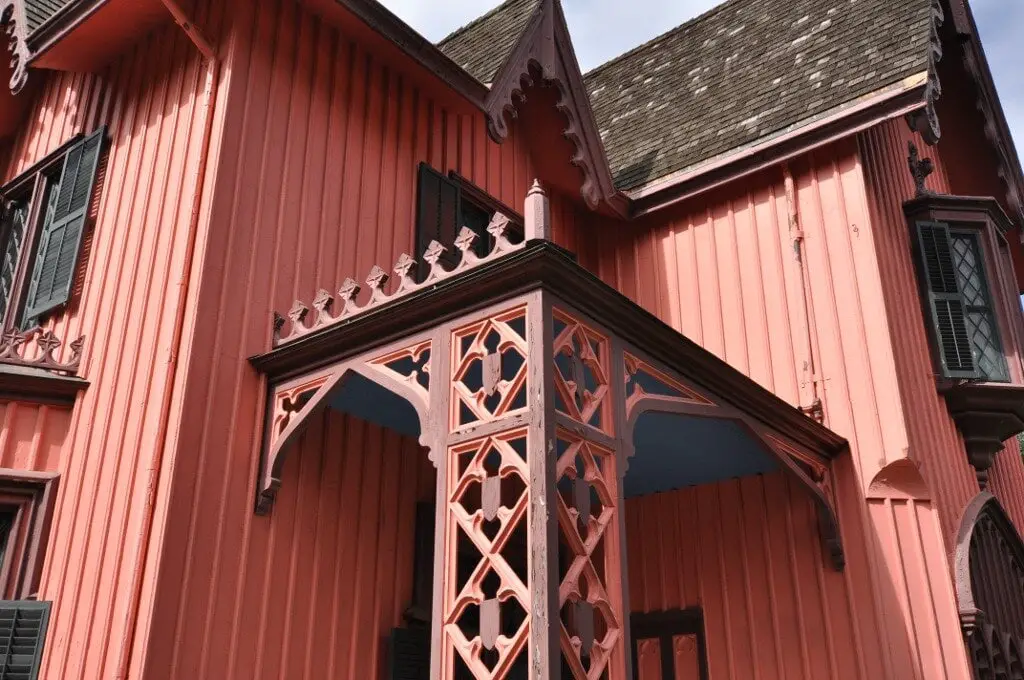The Historical Context
Imagine the 19th century, when the Gothic Revival architectural style swept the nation. Roseland Cottage, built in 1846, is a testament to this period, capturing the essence of a bygone era. The house was constructed as a summer retreat for Henry Chandler Bowen and his family, offering them an escape from the hustle and bustle of New York City life.
Andrew Jackson Downing, a leading tastemaker of the 19th century, influenced the design of Roseland Cottage. Downing's principles emphasized the harmony between architecture and landscape, a concept evident in the cottage's picturesque setting. The house and its surroundings were not merely a summer home but a statement of aesthetic and cultural values of the time.
This Gothic Revival marvel in Woodstock, Connecticut, has been so impeccably preserved that it earned a spot on the National Register of Historic Places. Its status as a National Historic Landmark further cements its importance in American architectural history. For locals and history buffs alike, Roseland Cottage offers a tangible connection to the past right in the heart of Woodstock.
The Bowen Legacy
Henry Chandler Bowen was no ordinary man. A native of Woodstock, he moved to New York City to pursue business opportunities. His venture into the silk trade was a resounding success, allowing him to establish strong social and political connections.
When he returned to Woodstock, he used Roseland Cottage as a platform to entertain friends and influential figures, including four U.S. Presidents: Ulysses S. Grant, Benjamin Harrison, Rutherford B. Hayes, and William McKinley.
Bowen's influence extended beyond business and politics. He was a family man, married to Lucy Maria Tappan, and together they had ten children. The Bowen family's life at Roseland Cottage was filled with social gatherings, intellectual discussions, and leisure activities, making the estate a hub of cultural and social interaction.
The Bowen legacy is not just about one man's success or the illustrious guests who graced the halls of Roseland Cottage. It's also about a family living, loving, and thriving in this beautiful setting. The estate symbolizes the Bowen family's values, aspirations, and contributions to American society.
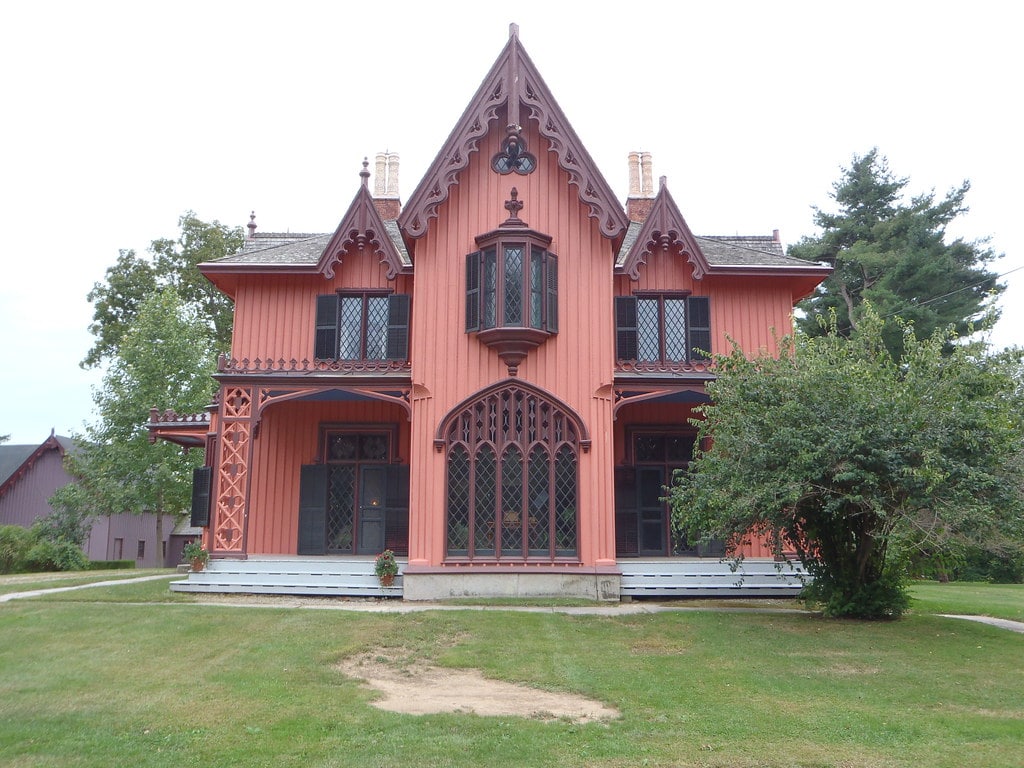
The Architectural Marvel
Roseland Cottage is not just another pretty house; it's an architectural masterpiece. The Gothic Revival style is evident in its intricate designs, from the elaborate wall coverings to the heavily patterned carpets and stained glass windows. Much of the interior remains unchanged from the Victorian era, offering visitors a glimpse into the past.
The house's exterior is equally captivating. Known locally as "The Pink House" due to its coral pink color, the cottage has become an iconic landmark in Woodstock. Yet, it's not just the color that catches the eye; it's the attention to detail, the craftsmanship, and the love that has gone into preserving this historic gem.
Historic New England, a non-profit organization, has been instrumental in the preservation efforts. Their work ensures that Roseland Cottage is a testament to 19th-century American architecture. Visiting this estate is like a journey back in time for those interested in history and design.
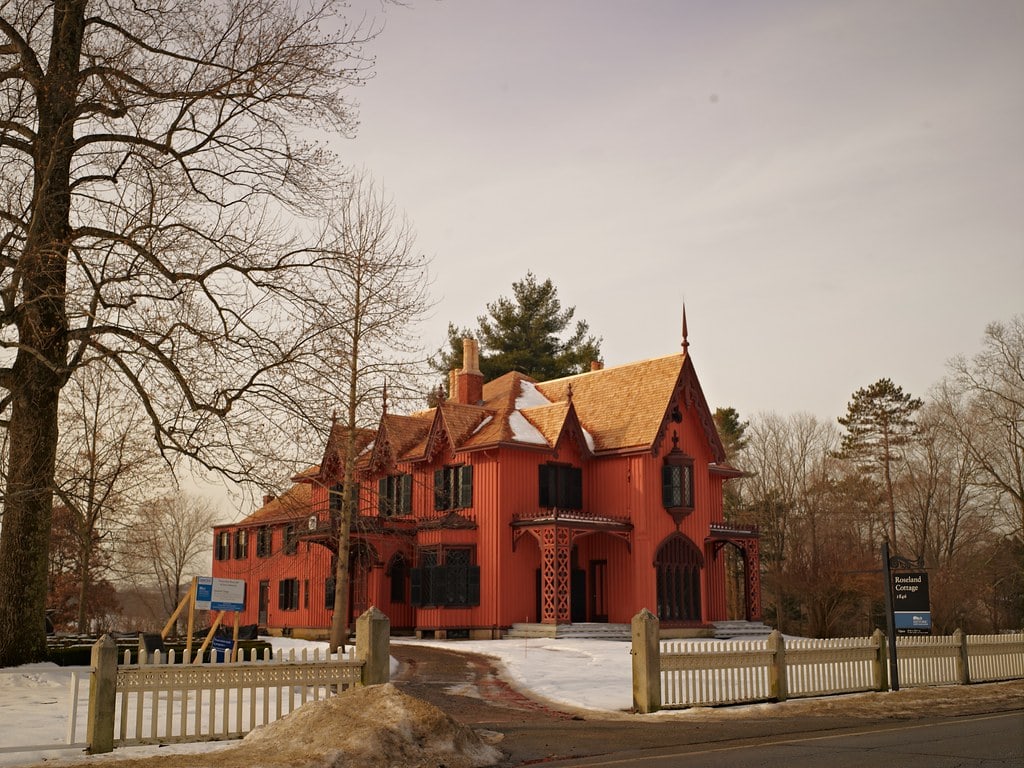
Roseland Cottage: The Gardens and Outbuildings
The estate's charm extends beyond the main house. The estate is adorned with various intriguing features, including an icehouse, a meticulously designed boxwood parterre garden, a quaint garden house, and a historic carriage barn, all contributing to a multifaceted visitor experience. The gardens were planted in the 1850s and have been meticulously maintained, offering a tranquil setting for visitors.
Perhaps the most intriguing feature is the nation's oldest surviving indoor bowling alley. This recreational facility adds another layer to the estate's rich history, showcasing the popular leisure activities during the Bowen family's time.
Roseland Cottage's gardens are part of Connecticut's Historic Gardens, a collective endeavor to preserve the state's horticultural heritage. The estate's inclusion in this list speaks volumes about its historical and cultural significance, not just as a building but as a complete experience.
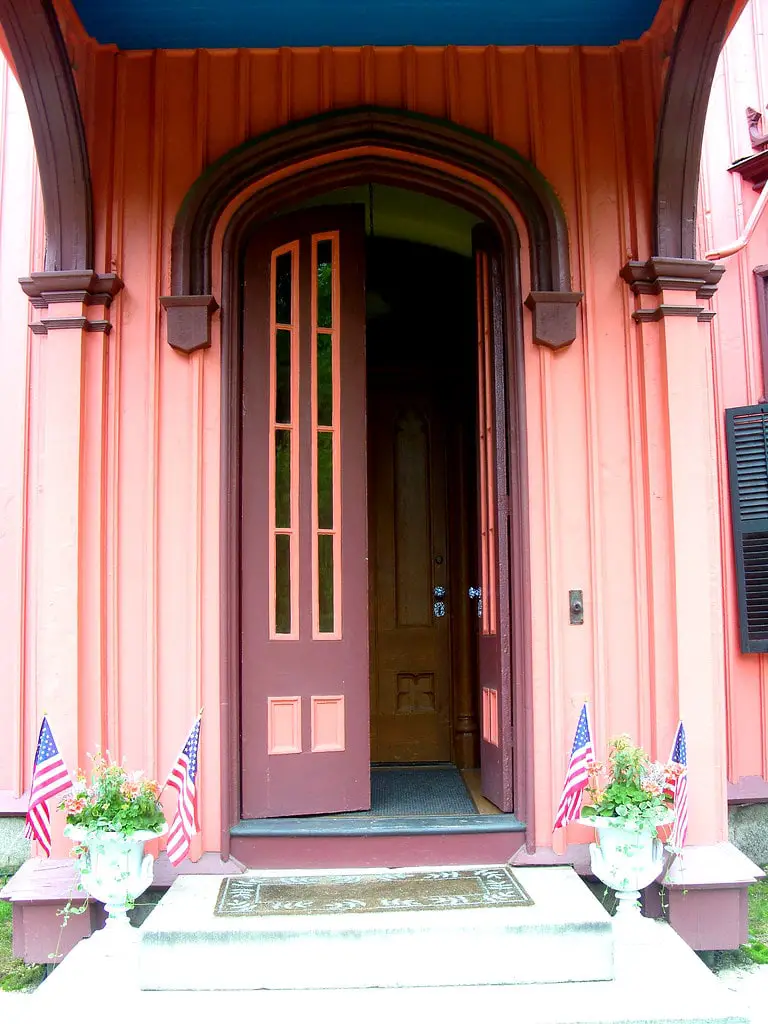
The Modern-Day Experience
Fast forward to 2023, and Roseland Cottage is more accessible than ever. With admission fees ranging from $7 to $20, the estate welcomes visitors from June to October. Tours are available on the hour, offering an in-depth look at the house and its surroundings.
Digital visitor experiences have also been launched, featuring videos, new photography, and archival material. These digital resources provide an alternative way to explore the estate, especially for those who cannot visit in person.
Upcoming events at Roseland Cottage include a behind-the-scenes tour and a steel band concert, adding a contemporary touch to this historic setting. These activities allow locals and visitors alike to engage with the estate in a new and exciting way.
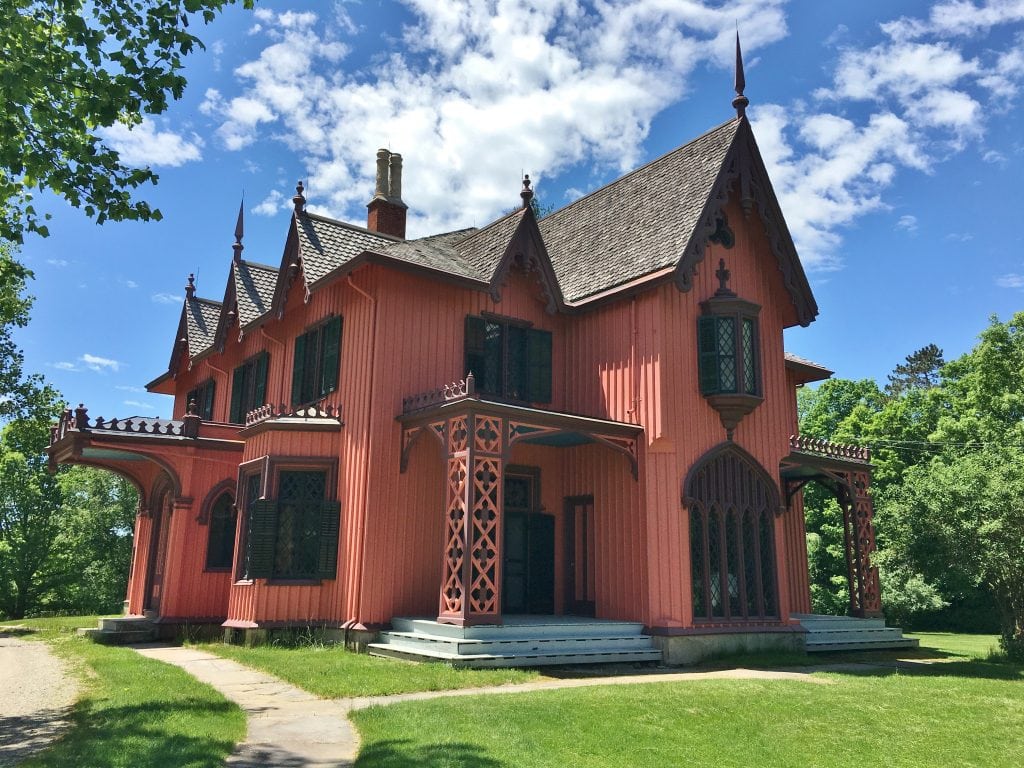
The Cultural Impact
Roseland Cottage is not just a house or a garden; it's a cultural institution. Its preservation offers a window into 19th-century American life, from architecture and interior design to social customs and leisure activities. The estate serves as a living museum, educating visitors about a pivotal period in American history.
Moreover, Roseland Cottage has inspired modern-day historic preservation efforts. Its successful conservation serves as a model for how other historic sites can be maintained for future generations. In a rapidly changing world, the estate is a reminder of the importance of preserving cultural heritage.
For the people of Woodstock and beyond, Roseland Cottage is more than just a tourist attraction. It's a piece of living history, a treasure trove of stories, and a source of community pride.
